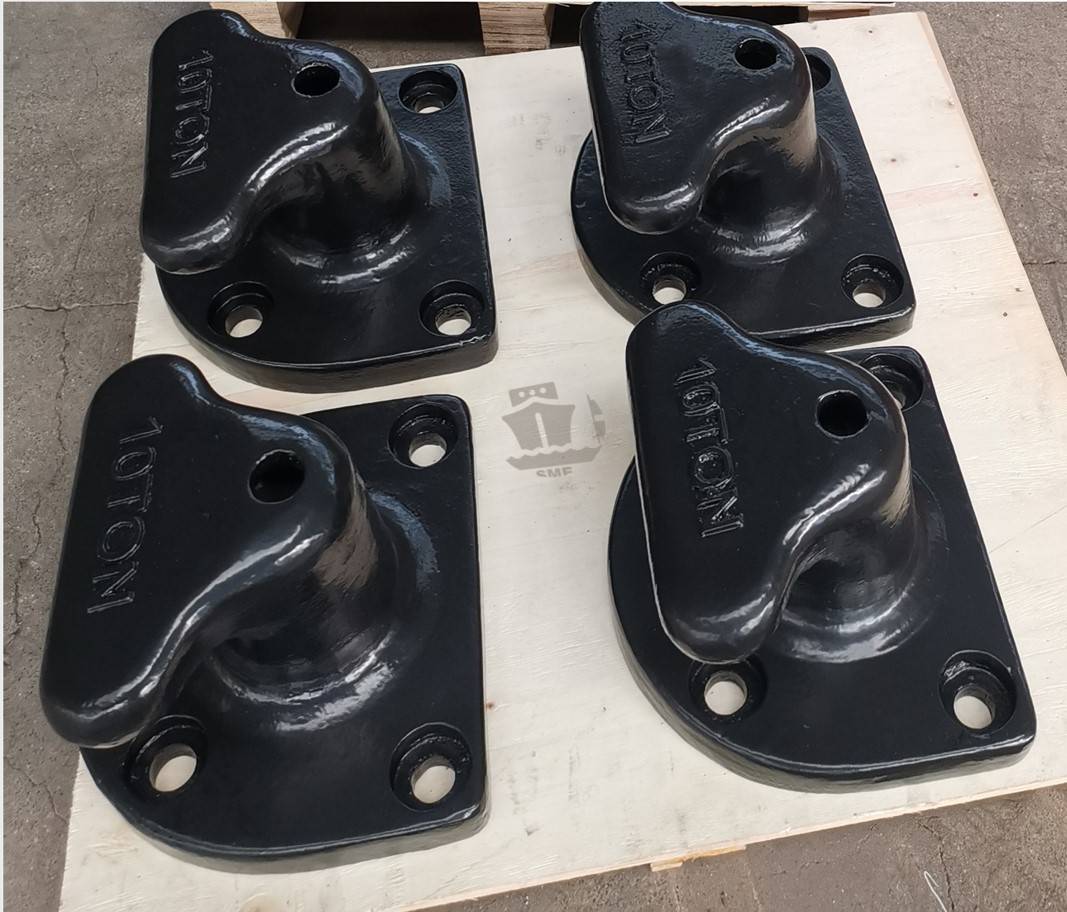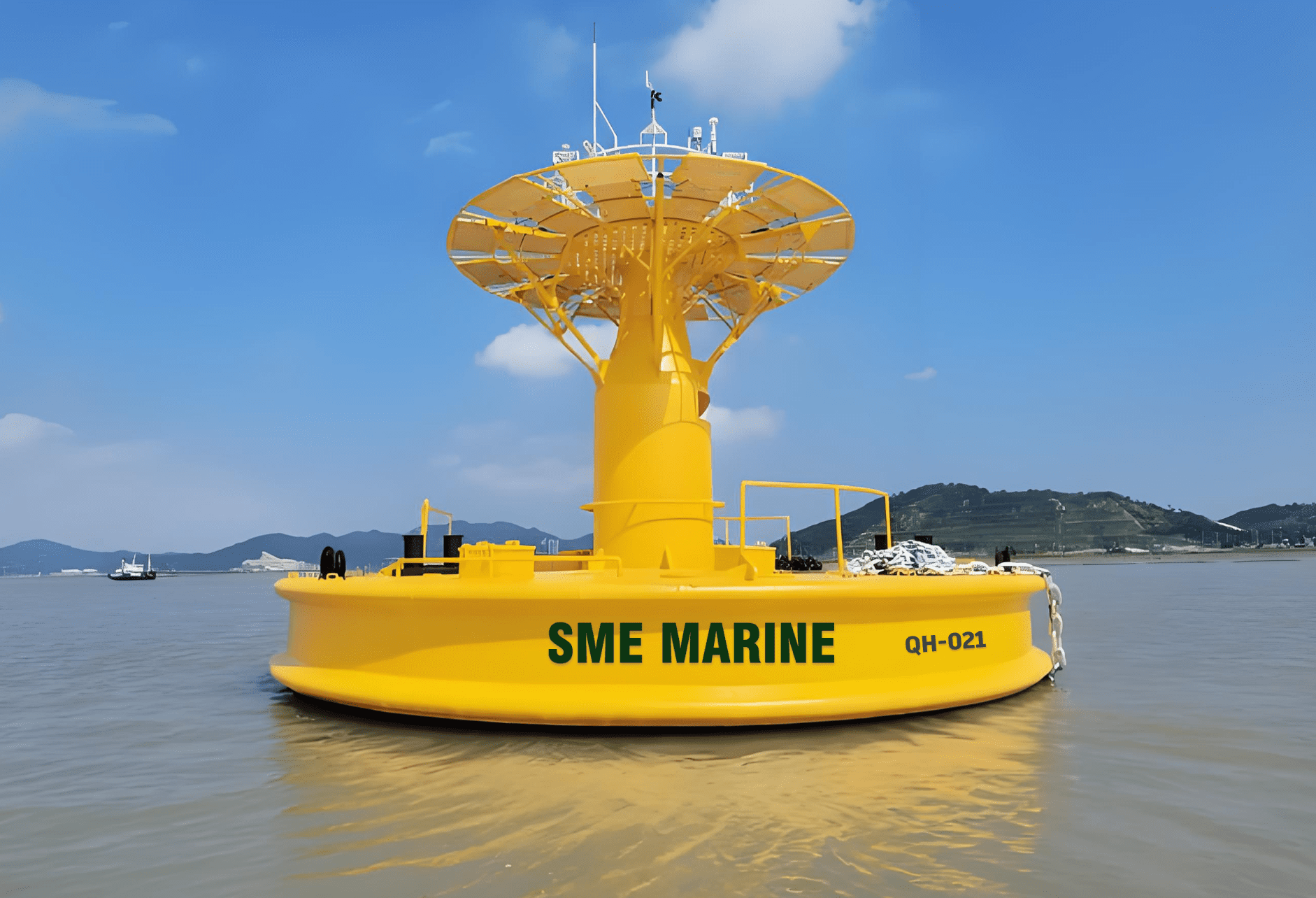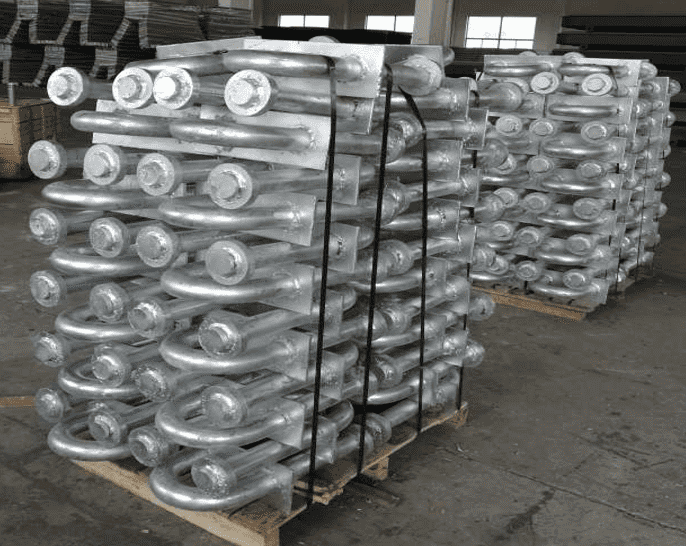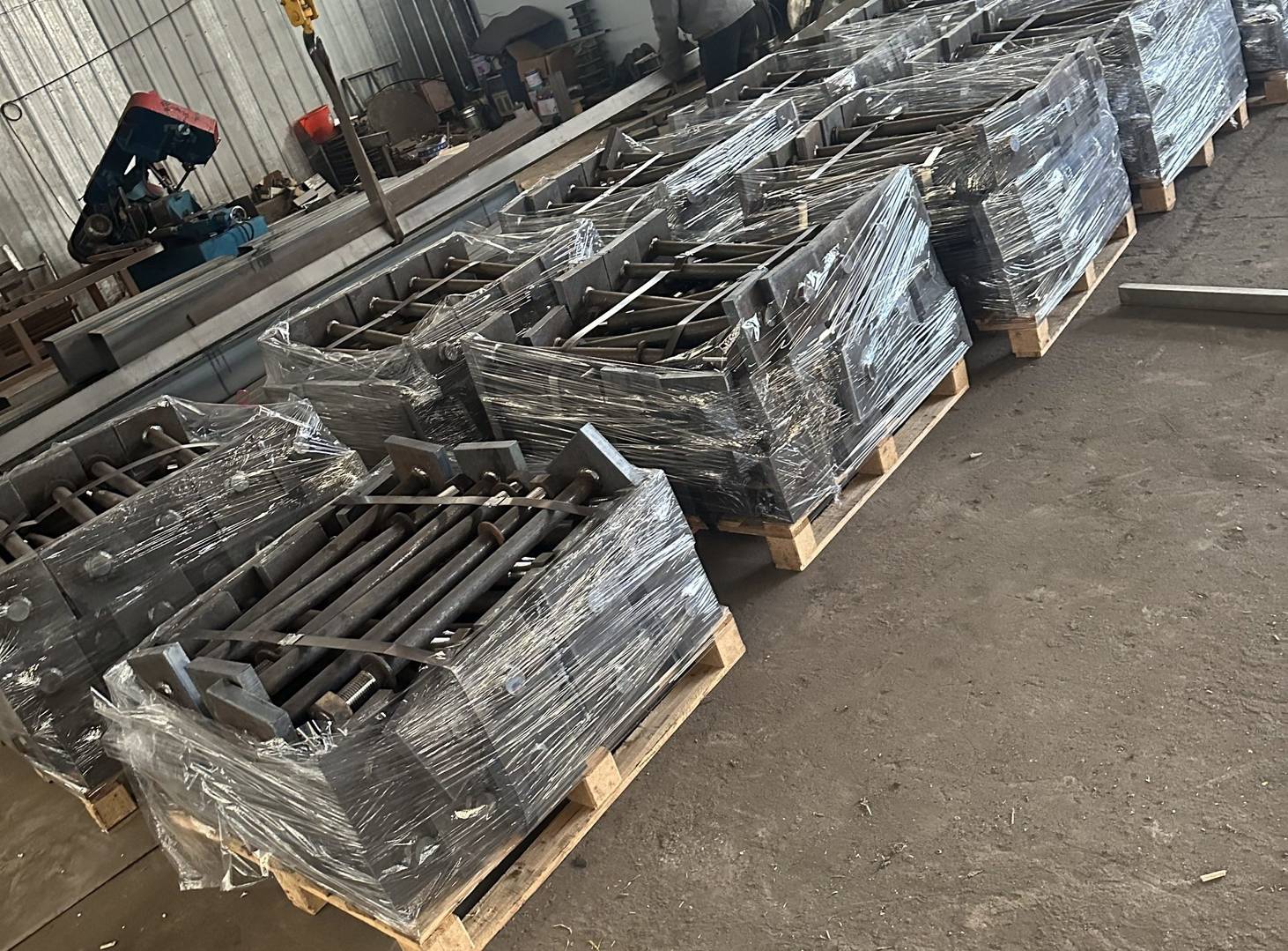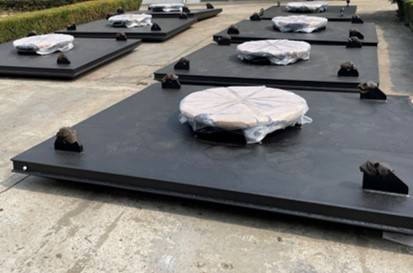T-Head Mooring Bollards – High-Strength Docking Solutions for Ports
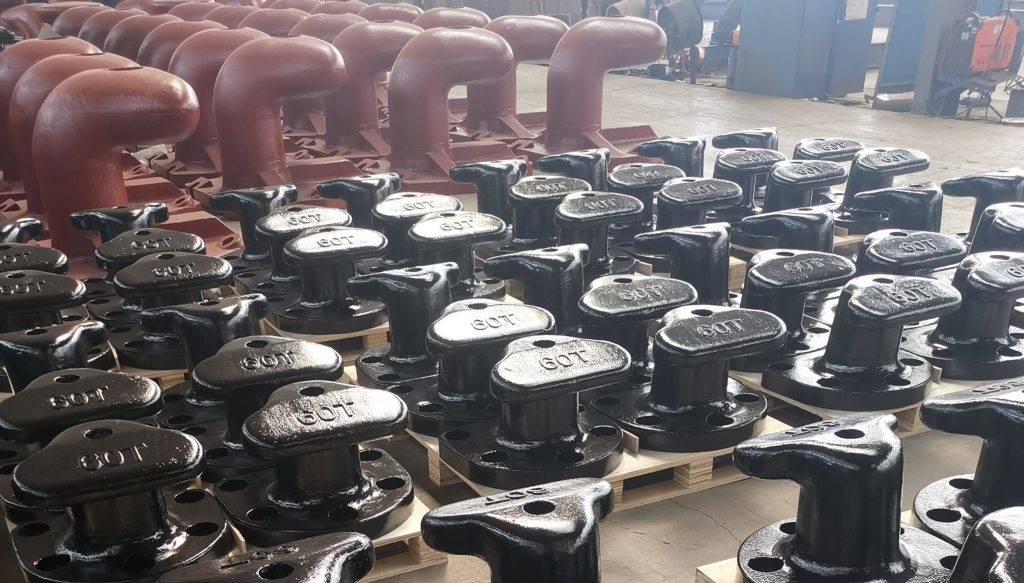
T-Head Bollard Types
We Focus on Real Strength, Not Just Looks,At SME, we understand the serious risks of a mooring bollard failure. That’s why our mooring bollards combine design, material quality, and skilled craftsmanship to deliver true performance.
Each bollard reflects our commitment to marine engineering, offering greater safety, reliability, and durability.
SME provides ports and terminals worldwide with consistent and dependable mooring support.
Semicircular T-Head bollards
The range of Tee mooring bollard Series specifications we are capable of producing encompasses:
5ton, 10ton, 15ton, 20ton,30ton, 50ton, 75ton, 100ton, 125ton, 150ton, 200ton
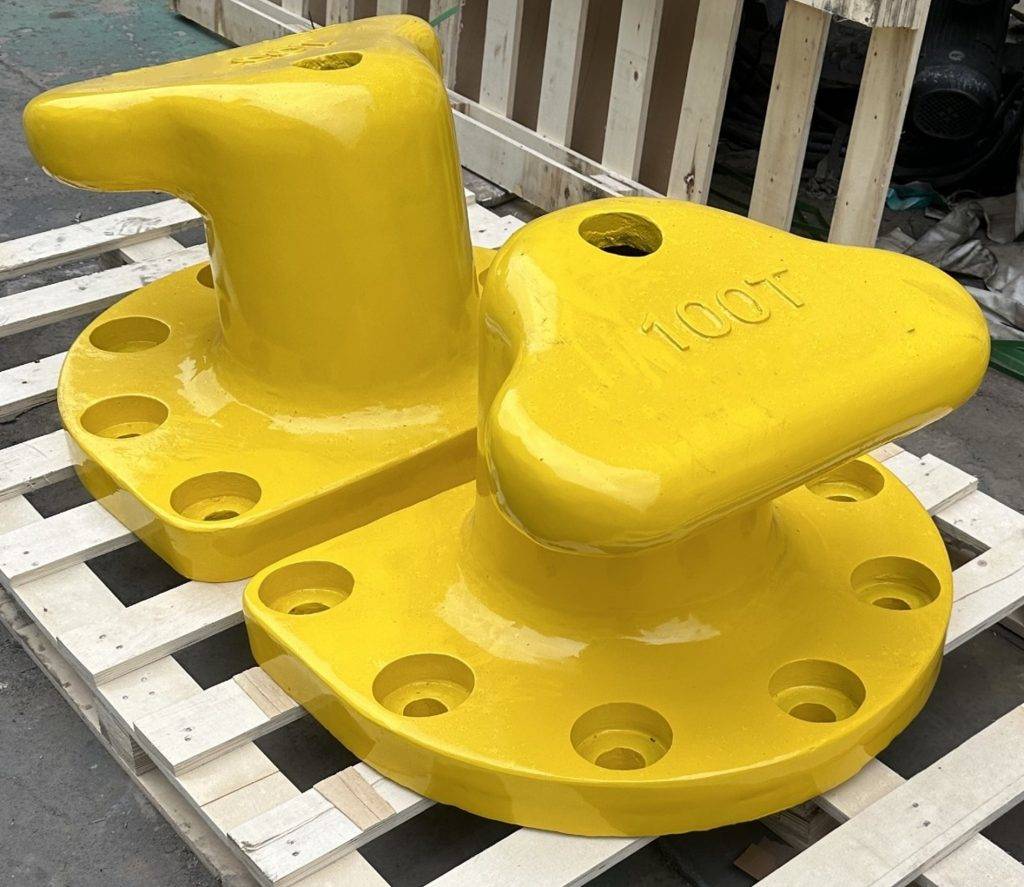
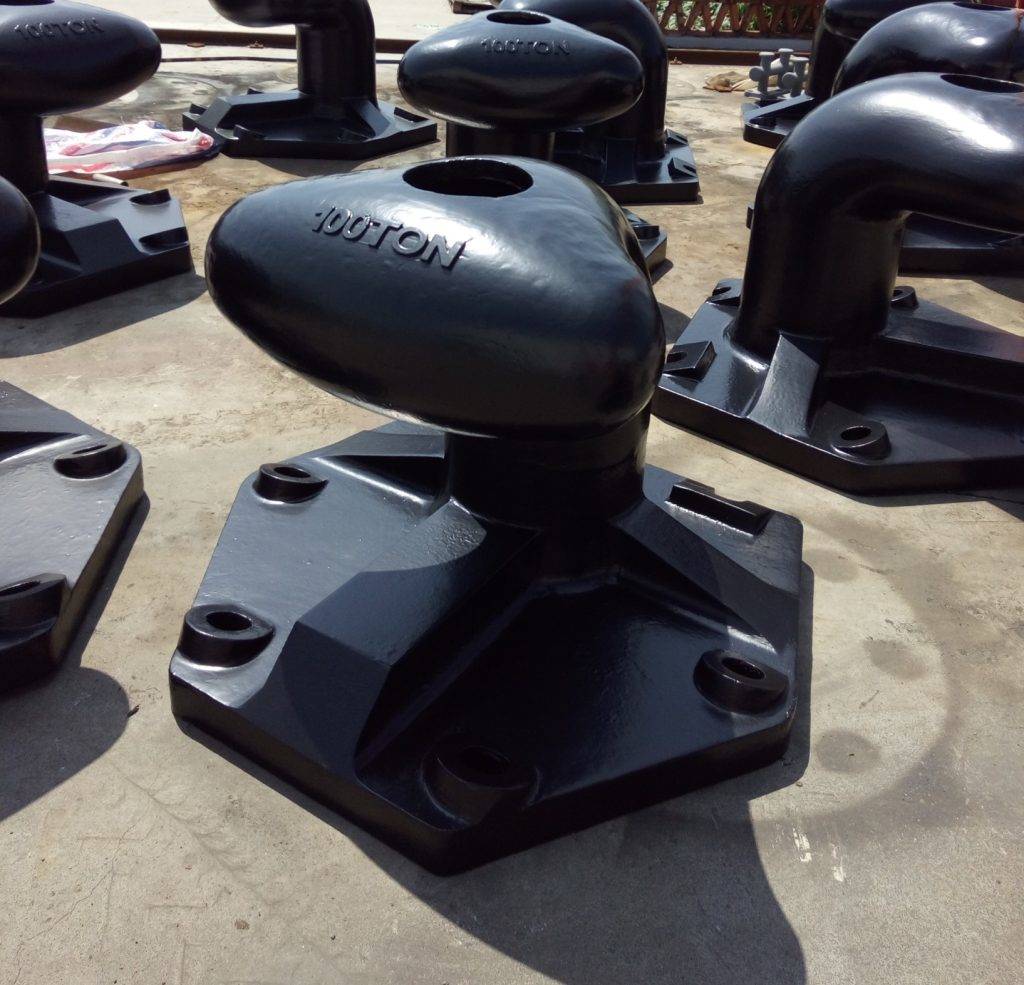
Asian T-Head bollards
Our T-Head mooring bollards feature a large contact area to evenly distribute mooring forces, enhancing vessel stability and safety. Anchor bolts set at a 22° angle resist lateral forces while improving overall bollard durability and performance, making them ideal for ports and marinas.
Round T-Head bollards
SME can provide on-site safety testing. Load testing is important for assessing the load-bearing capacity and stability of mooring bollards. It simulates real-world load conditions to verify whether they meet design and usage requirements.
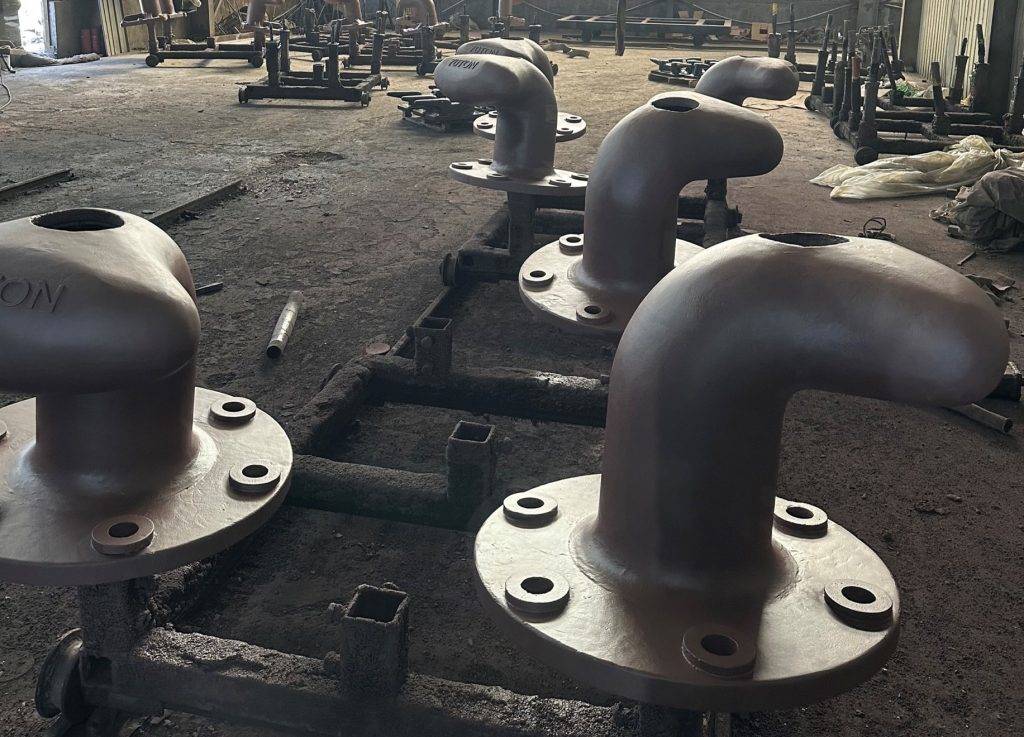
What is a mooring bollard
Q1: What is a mooring bollard?
A mooring bollard secures vessels to docks, piers, or offshore platforms during berthing. For integrated solutions, see SME marine fender solutions.
Q2: What types of dock bollards are available?
Ports commonly use single bollards, double bollards, T-head bollards, open cleat bollards, or custom designs for specific operations.
Q3: What materials do bollards use?
SME manufactures bollards from high-strength steel, cast iron, or stainless steel and applies protective coatings like epoxy paint or glass flake to resist corrosion.
Q4: How does SME test marine bollards?
SME engineers test bollards for strength, fatigue, and durability. They perform load checks, inspect corrosion resistance, and evaluate performance under harsh marine conditions following PIANC standards.
Q5: Where do ports use mooring bollards?
Ports, harbors, offshore platforms, and floating docks rely on mooring bollards to secure vessels safely.

